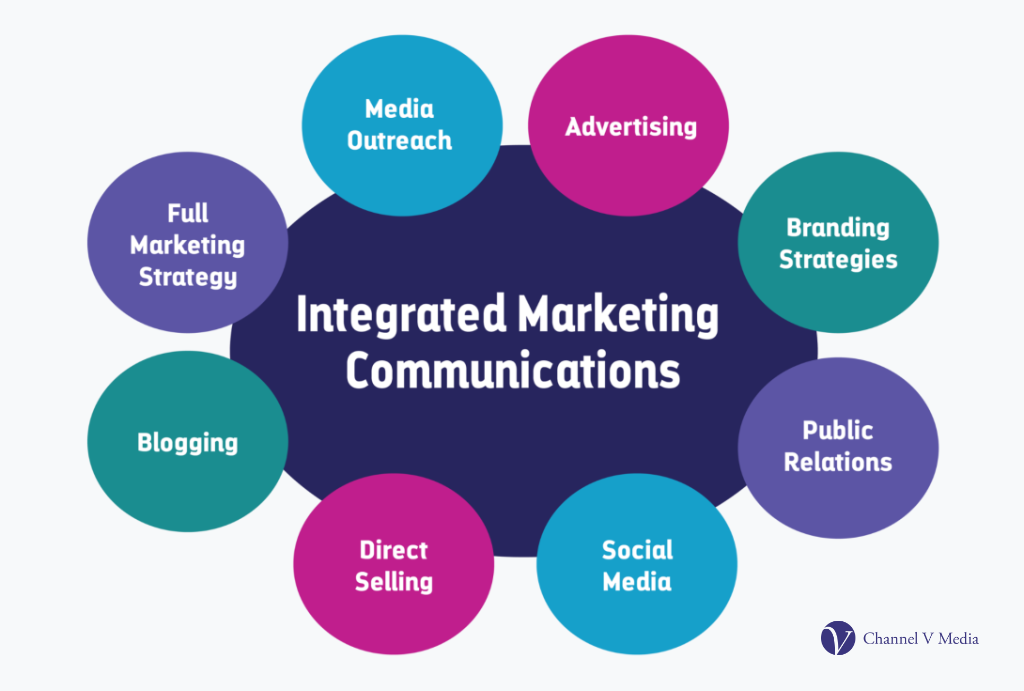Visual design is key to setting brands apart from the competition, and to maximise its effectiveness brands need to streamline how they manage visual assets.
Good visual design is intentional. It has the power to create subtle and unspoken appeal that makes the transition from browsing to buying seamless. It’s emotive, easy to understand, memorable and can nudge people towards a desired action.
As humans, we’re pretty good at remembering pictures over words or numbers. Memory experts have suggested that if you hear a piece of information, three days later you’ll remember just 10% of it. But if you add a picture, you’ll remember 65%. A picture really is worth a thousand words.
Think about some of the most iconic brands today, whether it’s the Nike logo, the aesthetically pleasing photography of luxury brand Gucci or Starbucks’ original and genuine social media content (the coffee giant has 18.4 million followers on Instagram, and for good reason). Brands that can stimulate us visually help us to look beyond the company and buy into the values, purpose and people behind the logo. The best consumer-centric experiences can’t happen without great visuals.
The effectiveness of quality visualsMarketers clearly see the value in visual design. In Widen’s 2020 Connectivity Report – which explores the challenges that marketers and creatives face in balancing technology with humanity – approximately 300 marketers from global brands were asked about their opinions on the role of visuals in creating authentic connections. Almost all (98%) respondents say quality visual design in marketing content enables stronger relationships with audiences.
Visual design is much more than the layout of an email or a web page – it’s about how all of the visual components of your marketing fit together to clearly communicate one, consistent brand identity.
Cross-team collaboration was also identified in our report as being a key factor in producing quality visual content. This means nurturing a safe environment where people feel encouraged to be creative, and eliminating silos across teams.
This is because quality design requires the vision of creative writers, the strategic thinking of graphic designers, the input of content strategists and the guidance of product leaders. When these disparate teams work together – all integral in the marketing communications funnel – visual content can be re-imagined in ways never done before.
It really does take the right mix of people, resources and tools to keep quality design at the forefront of a company. This often means a significant investment, which may be why only 8% of survey respondents say visual design lives at the C-level in their organisation.
Still, it’s promising to see that 58% of marketers say design happens at the beginning of a marketing project cycle. A further 75% are willing or very willing to pay a higher premium for quality design in their marketing content.
It’s clear that visual design can have a significant impact on the success of a brand. But where to start?
Streamlining the process
Marketing involves creating large volumes of content – images, video files, text, brochures, web copy and much more – quickly, and at scale. Impactful visual design requires originality and creativity, which may mean that when speed is paramount, visuals can be deprioritised or overlooked due to lack of time, creative talent and budget constraints.
But it doesn’t have to be that way. This is why brands of all sizes and sectors across the world are turning to a digital asset management (DAM) solution to help them create beautiful visual content for more authentic connections with customers.
A DAM solution facilitates the creation and usage of content within an organisation, from the genesis of an idea, through to asset creation, product distribution of those assets and impact evaluation. Digital assets can be managed across their entire lifecycle, from a single source.
When it comes to visual assets specifically, a DAM solution can empower others to get creative, through the dynamic customisation of existing materials. Users can quickly and easily create templates for employees to personalise the text, contact information, images and layout, without worrying about brand consistency.
Your brand identity is safeguarded by ensuring that templates used by employees in different offices in different regions adhere to certain constraints, such as fonts, colours, logos and images. No specialist design skills are required.
Harnessing a DAM solution means that employees can spend more time flexing their creative muscles, by streamlining the design process. By making workflows more efficient, costs are reduced and time is freed up for more original, creative work. And with more time to be creative, visual content can help brands create those authentic connections with customers that drive loyalty and boost revenues.
Source: Marketing Week






Comment
No comments found.